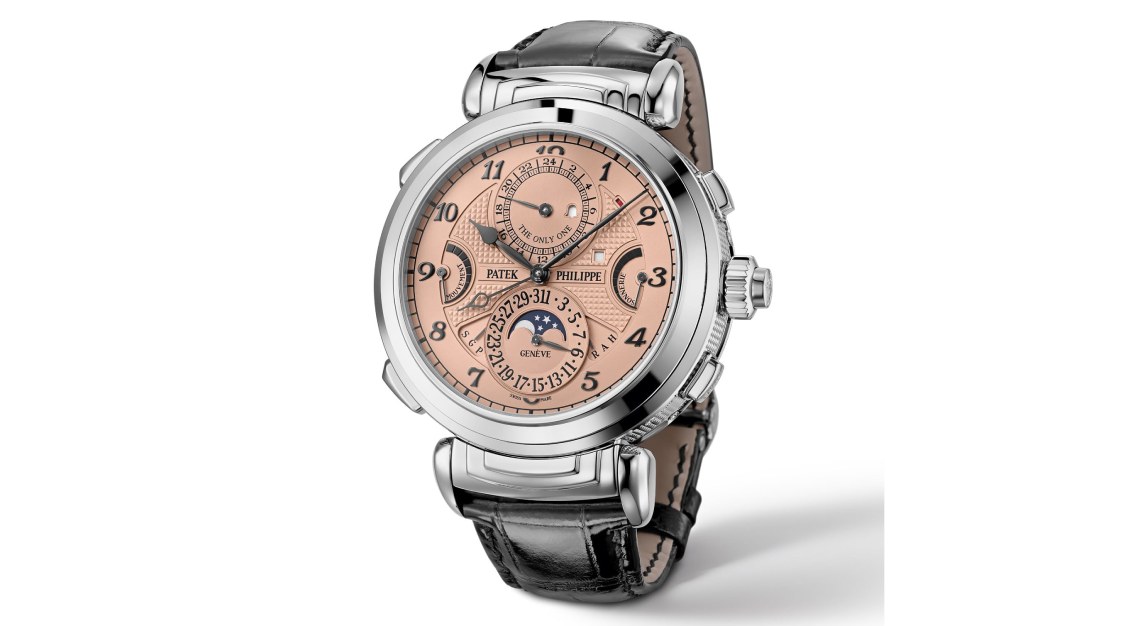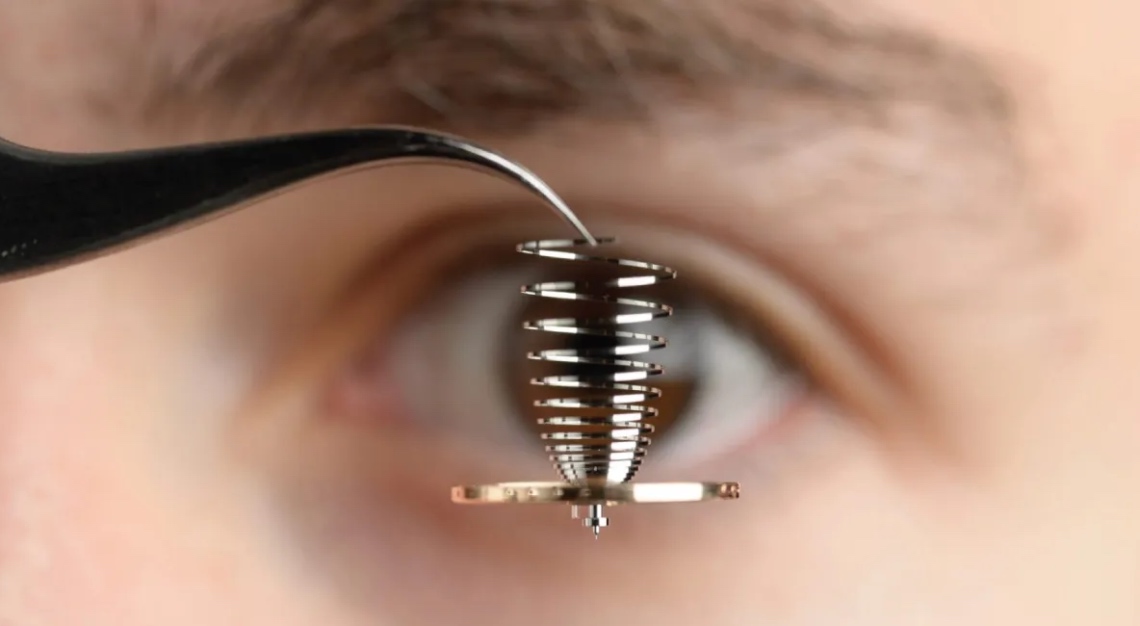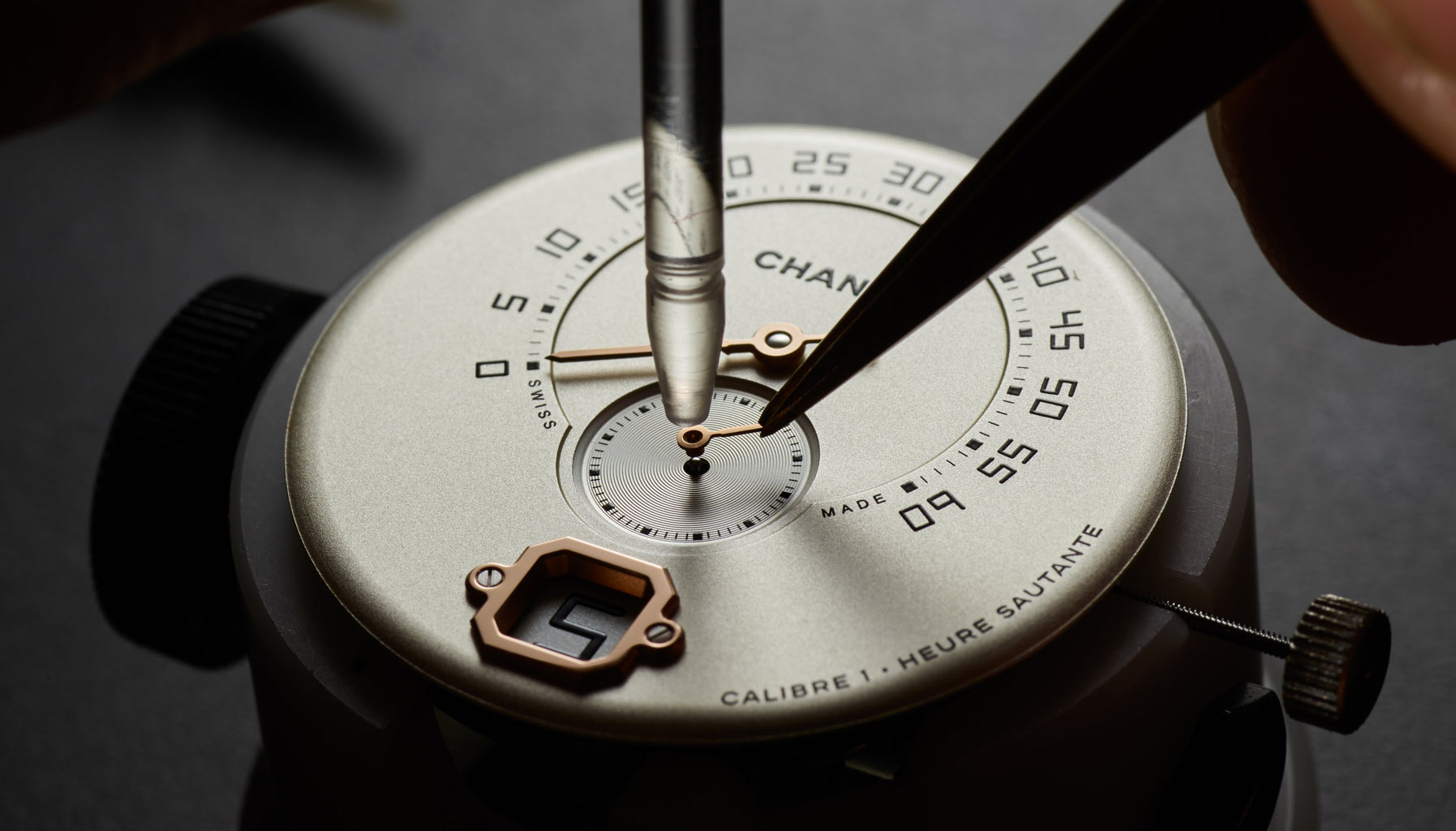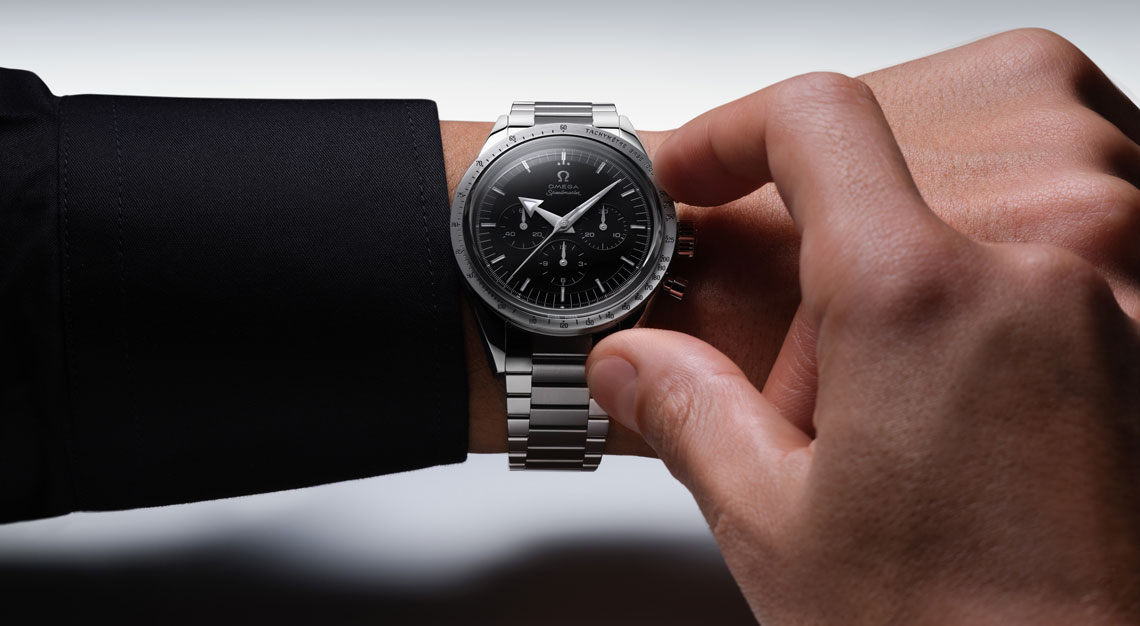This palladium-silver watch was the most precise wrist watch in the world and cost a third of the average annual Japanese salary. It just sold on Yahoo Auctions in Japan
If I was to tell you that a 1968 Grand Seiko just sold for around US$90,321.00 (or exactly ¥13,501,000) via an online Yahoo auction this week, I would not be offended if you didn’t believe me. Who would pay such a sum for a dirty, old Japanese watch from an unknown seller offering poor quality photos and not a single shot of the movement?
A collector who knows their Grand Seiko history: That’s who would pay over US$90,000 for this watch.
The watch is a Grand Seiko VFA 6185-8000. VFA stands for ‘Very Fine Adjusted’ and these were the most precise watches Grand Seiko produced in the late 60s and early 70s, dialed in to be precise within -2 and +2 seconds per day (which became the Rolex standard in 2015). Even modern Grand Seiko’s mechanical models cannot match the low error rates of the vintage VFA models. As such, VFA models are held in the highest regard by vintage collectors—with values to match.

The birth of Grand Seiko in 1960 started a decade-long battle of precision standards between the Japanese manufacturer and the Swiss watch industry. Grand Seiko initially aspired to the same precision standards as the Swiss. Each watch was measured over a period of time at various temperatures, and the error rate of the watch had to stay within a range of -3 to +12 seconds per day to bear the name ‘chronometer’.
Grand Seiko easily met this standard in 1960, so in 1961 the Swiss simply tightened their chronometer standard to -1 to +10 seconds per day. (The Swiss standard would remain at this level until 1973 and the formation of Contrôle Officiel Suisse des Chronomètres (COSC), which remains at -4 to +6 seconds per day.) Ever defensive, the Swiss would also legislate that only Swiss watches were eligible for chronometer testing, which in turn led to the word ‘chronometer’ being removed from Grand Seiko watches in the first half of the 1960s.
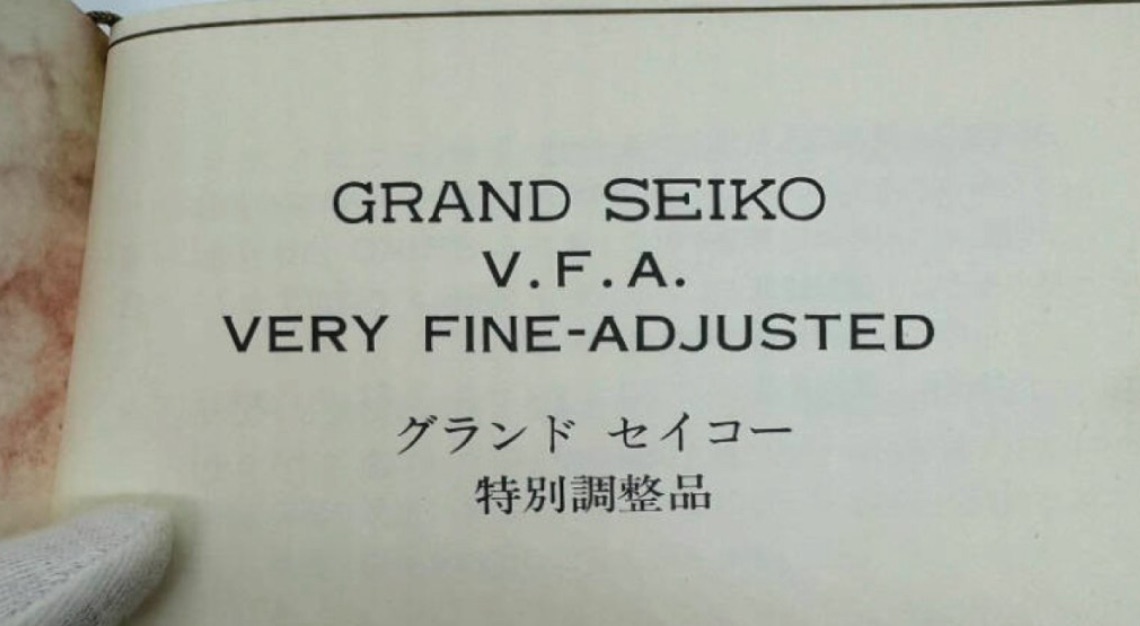
With Grand Seiko watches no longer eligible for Swiss chronometer testing, Grand Seiko embarked on its own alternate, higher precision standard. In 1966 the ‘Grand Seiko Standard’ was announced with a maximum error rate of -3 to +5 seconds per day, far tighter than the Swiss standard at that time. Eventually Grand Seiko tightened further until reaching the Very Fine Adjustment (VFA) standard of -2 to +2 seconds per day. Then, in 1975, Grand Seiko folded.
The watch just sold for over US$90,000 was produced in 1968, falling within the VFA -2 to +2 seconds per day standard. Amazingly, upon being sold this watch was guaranteed to run within that standard for the first two years of ownership. Take that in: neither Rolex, Omega, the current Grand Seiko or any brand we can think of offers such a guarantee today. This Grand Seiko VFA is fifty-five years old, and its standard still trounces all modern standards.
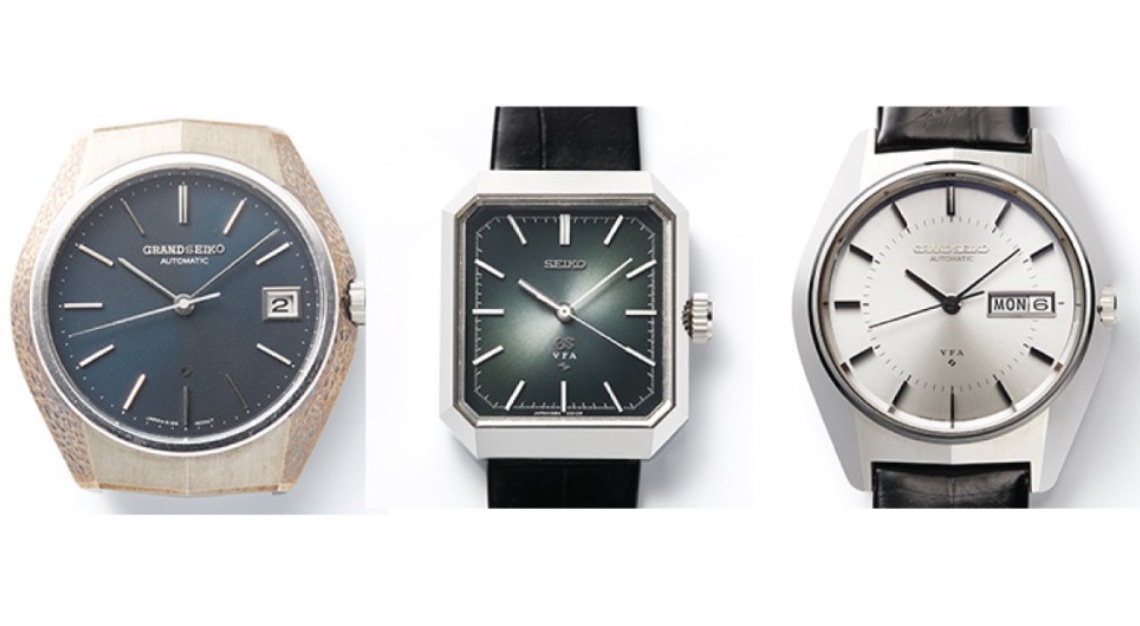
More than just rate error, modern chronometer testing also involves shock resilience, magnetic field resistance and varying temperature fluctuations but you get the point: The Grand Seiko VFA precision standard was 50 years ahead of its time.
But what about this particular watch was special enough to push an online auction?
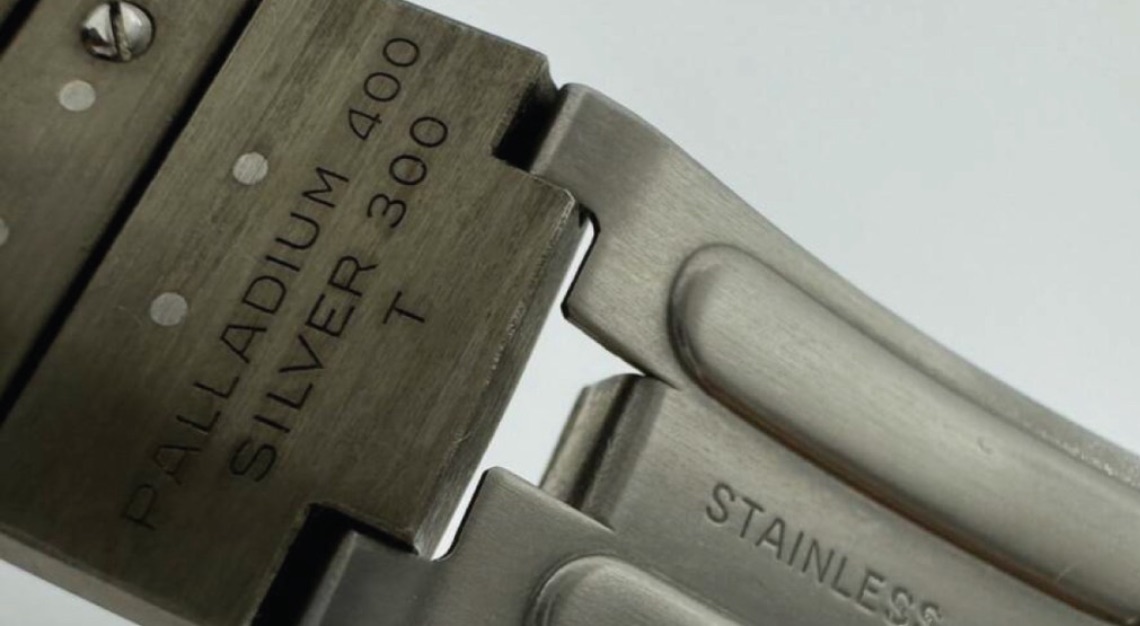
First, this was the first VFA model produced and only in December 1968. Based on its serial number of 8D0134, this is the 134th example made. Only a small handful of examples of this model have sold in the last 10 years, most of them via private sales. There have been two public auctions recently, one in 2017 where a VFA watch sold for ¥2,551,000 (equivalent to US$23,000 at the time), but that had a damaged bracelet. In 2021, another example sold for slightly less but that was significantly over-polished, which kills value.
The second reason this watch sold for over US$90,000 is that this example was an insanely expensive Seiko at launch at ¥250,000. The price was equivalent to around US$700 at the time based on the US TREASURY REPORTING RATES OF EXCHANGE for 1968. That was around ⅔ the price of a solid gold Rolex GMT-Master or Day-Date, and a third of the average annual salary in Japan then.
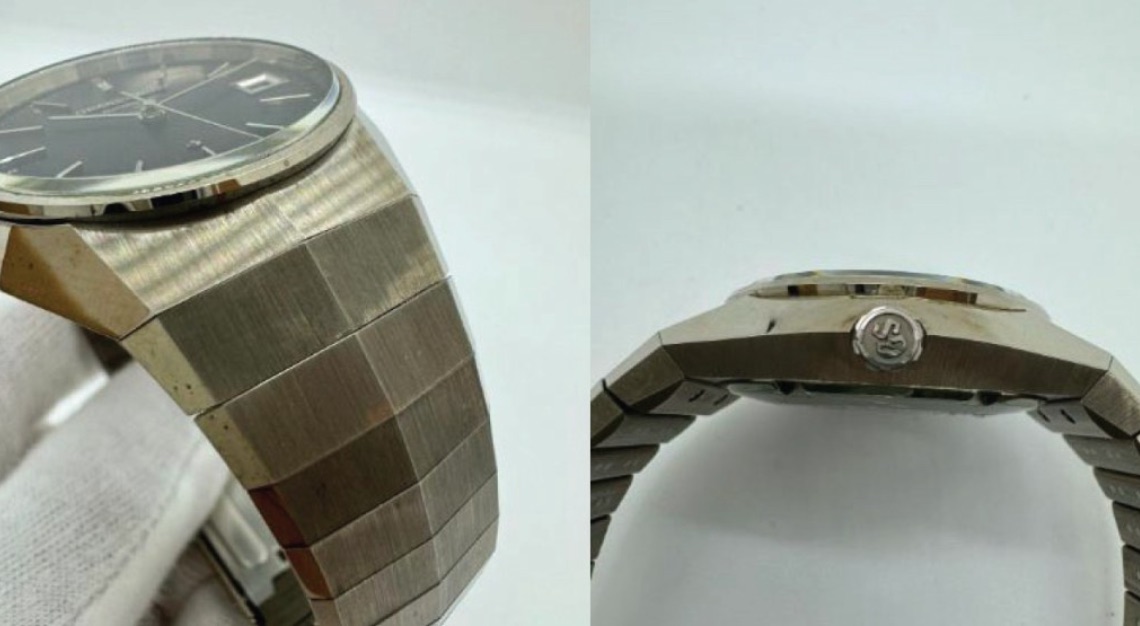
Third, this is clearly the best quality example to have come to sale in a long time—perhaps ever. It seemingly comes with matching papers but no box. It still has its original plastic caseback sticker in place indicating minimal actual use. The case and bracelet appear to be badly tarnished, but also completely unpolished, with both the original sharp crease lines on case and bracelet and the fine brushing still visible. I expect the tarnish can be dealt with chemically, which ultimately means this is an almost new condition example of an exceedingly rare vintage Seiko. It even seems to have its full complement of bracelet links, all in palladium-silver.
To call this watch a rare find is an understatement and there are more than a few dedicated Grand Seiko collectors out there that think $90,000 and change was a fair price paid.
This story was first published on Robb Report USA



